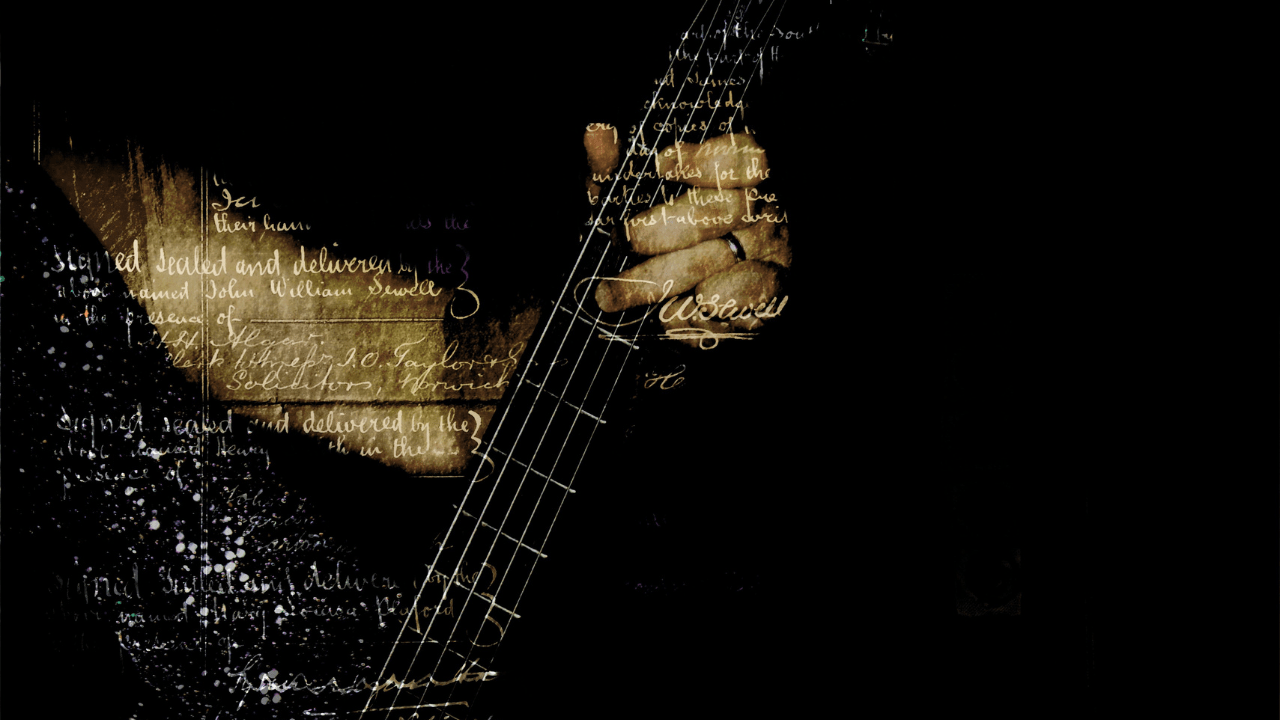Have you ever tapped your feet to a song without even realizing it? That’s the beat working its magic! The beat is the steady pulse in music—the heartbeat that gives a song its life. If you’ve ever wondered what is beat in music, think of it as the rhythm that keeps everything in sync, like the ticking of a clock but way more fun!
In this blog, we’ll break down everything you need to know about the beat in music in the simplest way possible. From how it works to why it’s so important, we’ll explore the world of beats with examples, tips, and stories to make it easy for everyone to understand—even if you’re just starting out!
What is Beat in Music?
In simple terms, the beat is the steady pulse you feel in music. Imagine a song as a train—the beat is the sound of the train wheels rolling steadily on the tracks. It’s what helps musicians play in sync and listeners groove to the rhythm.
Every song has a beat, whether it’s slow, fast, or somewhere in between. Without a beat, music would feel messy, like a puzzle with missing pieces. For example, when you listen to a song and tap your feet, clap your hands, or nod your head, you’re following the beat.
Why is the Beat Important?
The beat is the backbone of music. Here’s why it matters:
- Keeps Everything Together: The beat acts like a glue that holds the song’s rhythm and melody in place. It helps musicians stay in time when playing together.
- Creates Emotion: A slow beat can make you feel calm, while a fast beat can make you want to dance.
- Makes Music Fun: Without a beat, songs would feel confusing. The beat is what makes music easy to enjoy.
- Connects Us: Whether it’s clapping at a concert or dancing at a wedding, beats bring people together.
Different Types of Beats in Music
There are many kinds of beats, and each one adds something unique to a song. Let’s look at some of them:
- Strong and Weak Beats
- Strong beats are the ones you naturally emphasize, like the “1” in “1, 2, 3, 4.”
- Weak beats are softer and come in between the strong beats.
- Downbeat and Upbeat
- The downbeat is the first beat of a measure—it feels strong and steady.
- The upbeat is lighter and leads into the next downbeat.
- Backbeat
- Popular in rock and pop music, the backbeat is when you emphasize the second and fourth beats, like in many dance songs.
- Offbeat
- Found in genres like reggae and ska, the offbeat gives music a bouncy, unexpected feel.
- Syncopation
- This is when beats are shifted or placed in surprising spots, making the rhythm feel lively and unpredictable.
How Beats Change in Different Music Genres
Beats play differently across music styles. Let’s explore how they work in some popular genres:
- Pop and Rock
- These songs often have a strong backbeat, which makes them catchy and easy to dance to.
- Classical Music
- Beats in classical music are more fluid and change to match the mood of the piece.
- Hip-Hop
- Beats in hip-hop are often created electronically and form the base for rapping and dancing.
- Jazz
- Jazz beats are known for syncopation and improvisation, giving the music a unique swing.
- Electronic Dance Music (EDM)
- EDM uses repetitive beats that are great for dancing and keeping energy high.
How to Find the Beat in a Song
Finding the beat in a song can be easy if you follow these steps:
- Tap Your Foot: Listen closely and tap your foot to the steady pulse you hear.
- Follow the Drums: The drums or percussion often highlight the beat.
- Clap Along: Try clapping to the rhythm. If it feels steady, you’ve found the beat.
- Use a Metronome: A metronome is a tool that plays a steady beat to help you practice.
Fun Examples of Beats in Popular Songs
Let’s look at some famous songs with memorable beats:
- “We Will Rock You” by Queen
- The stomp-stomp-clap beat is iconic and easy to follow.
- “Billie Jean” by Michael Jackson
- Its tight drumbeat makes you want to move instantly.
- “Shape of You” by Ed Sheeran
- The catchy rhythm keeps the song stuck in your head.
Why We Feel Beats in Our Bodies
Have you ever felt your heart race while listening to a fast song? That’s because beats connect with our natural body rhythms. Here’s how:
- Our heartbeats sync with musical beats, making us feel calm or excited.
- Dancing or tapping to a beat helps release feel-good hormones like dopamine.
Easy Ways to Practice and Play Beats
Want to improve your sense of beat? Here are some tips:
- Clap Along: Start with simple songs and clap to the beat.
- Play Drums or Percussion: Even banging a table can help you learn!
- Practice with a Metronome: This tool keeps a steady beat for you to follow.
- Dance: Moving to music is a fun way to feel the beat.
Frequently Asked Questions (FAQs)
1. What’s the difference between beat and rhythm?
The beat is the steady pulse, while rhythm is how sounds are arranged around the beat.
2. Can a song have no beat?
Yes, some experimental or ambient music lacks a steady beat.
3. Why is the beat important in music?
The beat keeps everything organized and makes music enjoyable to listen to.
Final Thoughts: Why Beat Matters in Music
The beat is more than just a part of music—it’s the soul of it. It brings structure, emotion, and fun to every song. Whether you’re dancing, playing an instrument, or just listening, the beat is what makes music unforgettable.
So next time you hear a song, pay attention to the beat. Feel it, tap to it, and enjoy how it brings music to life. After all, the world would be a quieter place without it!
Related Articles:
For further reading, explore these related articles:
- The Ultimate Guide to Song Licensing for Musicians
- Promo Cards on Spotify: A Game Changer for Artists
For additional resources on music marketing and distribution, visit Deliver My Tune.






